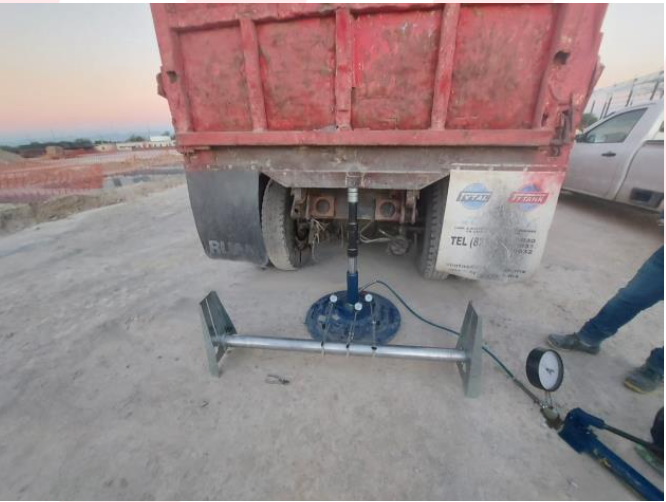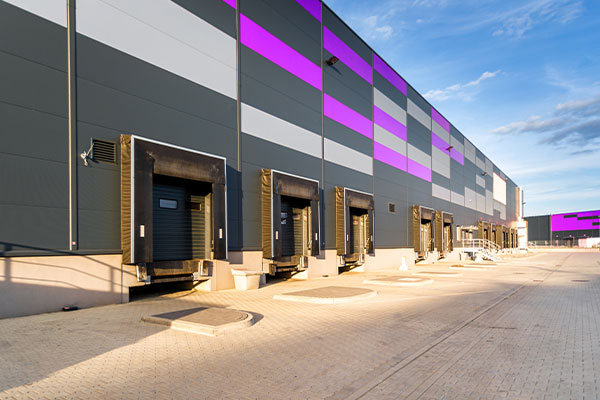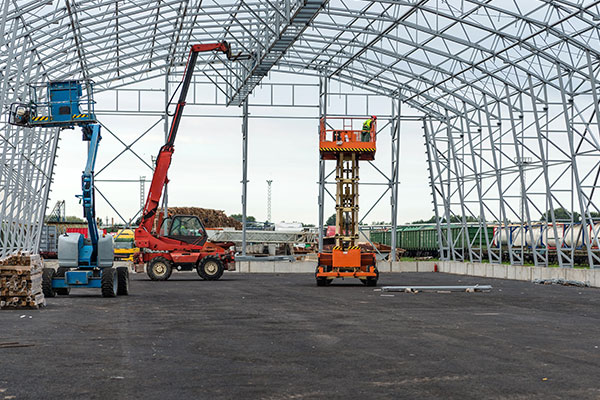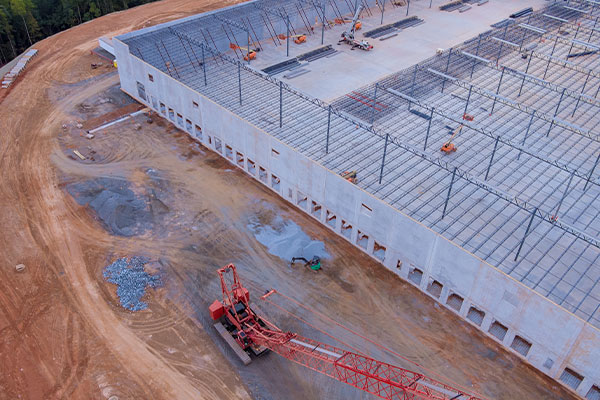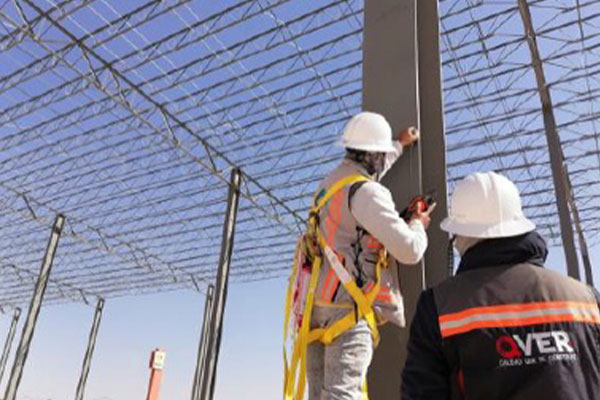As part of the quality control of earth materials, verification tests are necessary to determine soil deformability. With the dynamic plate load test, you have a measuring device that allows you to determine the soil compaction quality on-site.
How can it serve your construction project?
The dynamic plate load test determines the deformation curve in millimeters and the settlement of the soil. It also shows the dynamic deformability, the EVd value in meganewtons per square meter (MN/m2), and the distance/velocity ratio (s/v value). With these data, you can control soil compaction during construction.
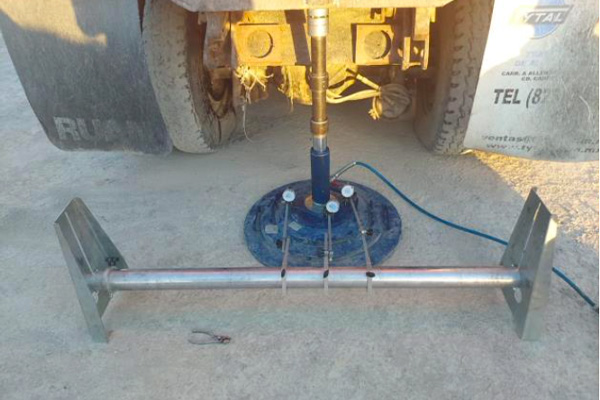
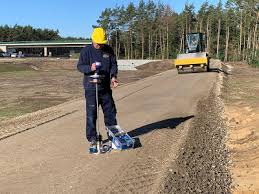
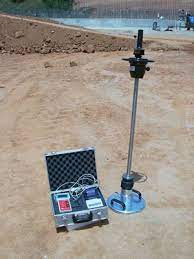

Static Plate Load Test
The static plate load test is used in earth moving and foundations, as well as road construction. It determines the settlement by pressure and evaluates the soil’s deformability and load-bearing capacity.
This is important because it is a geotechnical verification that confirms the results obtained in the analyses. This is necessary for the proper placement of earth materials correlated against layer density (compaction).
With the static plate load test, the deformation module Ev is determined from the settlement of the first loading cycle (Ev1), taking into account the second loading cycle (Ev2) and the relationship between the Ev2 value and the Ev1 value. It is possible to determine the soil’s load-bearing capacity under a different testing configuration.
These types of tests are ideal for industrial warehouses, vertical and/or horizontal buildings, and infrastructure projects. Designers and contractors need them for knowledge of earthworks’ characteristics and to ensure the quality of materials.

